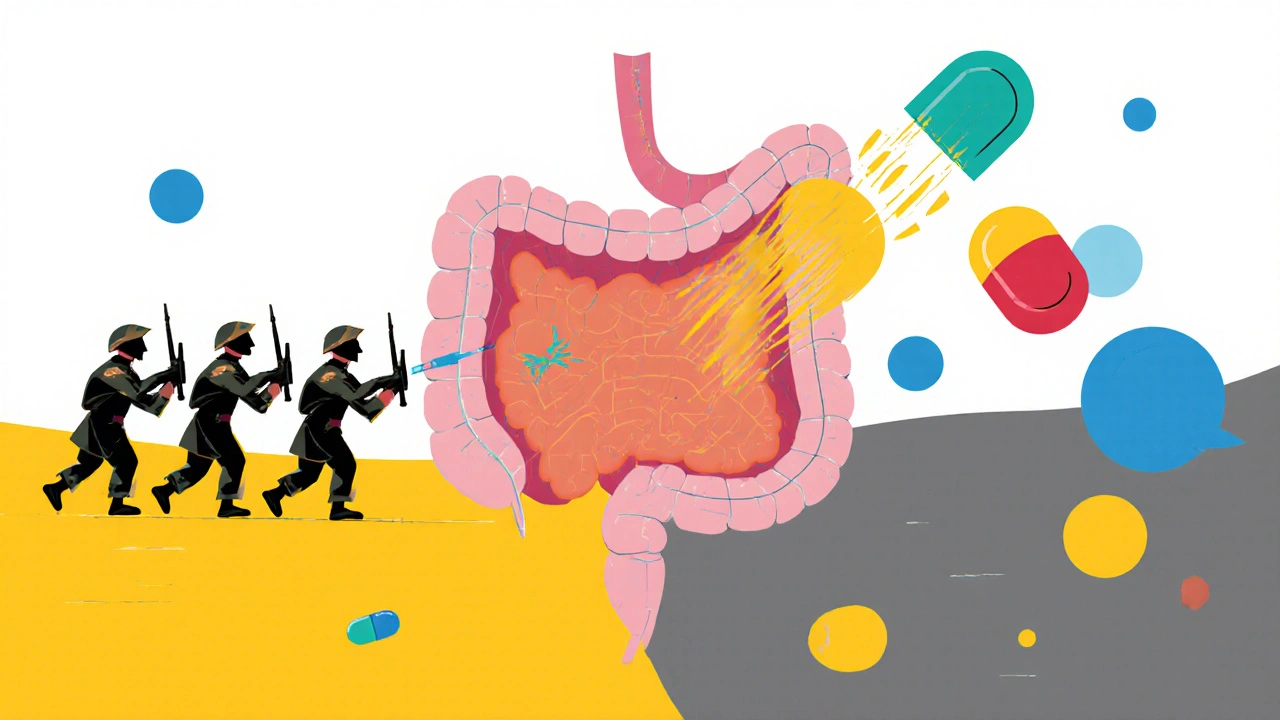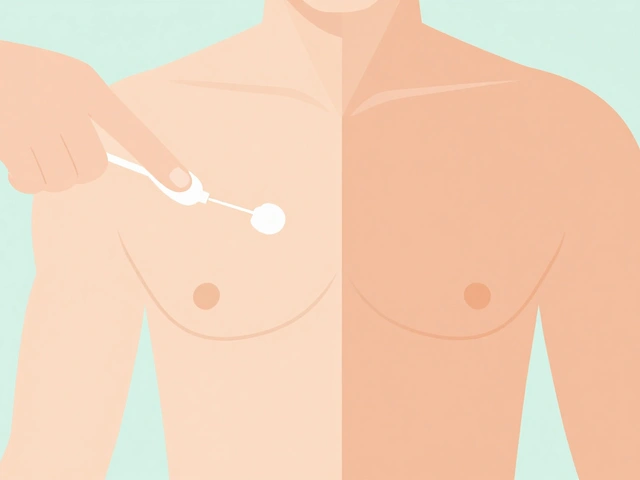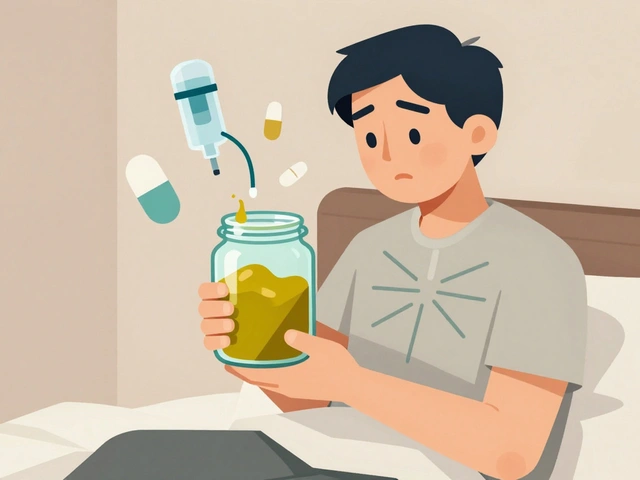Probiotics and Antibiotics Timing: What You Need to Know
When you take antibiotics, medications that kill harmful bacteria causing infections. Also known as antibacterial drugs, they’re essential for treating bacterial illnesses—but they don’t discriminate. They wipe out good bacteria too, especially in your gut, the digestive tract where trillions of microbes live and help with digestion, immunity, and even mood. This is where probiotics, live beneficial bacteria found in supplements or fermented foods. Also known as good bacteria, they help restore balance after antibiotics disrupt your natural microbiome come in. But timing matters. Taking them at the wrong time can make them useless—or even cause side effects.
Most studies show that taking probiotics during antibiotic treatment reduces the risk of antibiotic-associated diarrhea by up to 42%. But you shouldn’t take them at the same time. Antibiotics kill probiotics before they can settle in. The best practice? Space them out by at least two hours. If you take your antibiotic in the morning, wait until after lunch or dinner to take your probiotic. Some people prefer taking probiotics right before bed, when stomach acid is lower. It’s not magic—it’s just physics and biology. The goal is to give the good bacteria a fighting chance to survive and colonize your gut. And while not all probiotics are the same, strains like Lactobacillus rhamnosus and Saccharomyces boulardii have the strongest evidence for working with antibiotics. Look for these on the label.
Your gut doesn’t bounce back overnight. Even after you finish your antibiotic course, your microbiome can stay off-balance for weeks or months. That’s why continuing probiotics for at least a few weeks after antibiotics helps. Some people feel bloating, gas, or cramps when they start—this usually fades as your body adjusts. Don’t confuse it with an allergic reaction. If you’re on long-term antibiotics, like for acne or chronic infections, talk to your doctor about ongoing probiotic use. And remember: food counts too. Yogurt, kefir, sauerkraut, and kimchi are natural sources of probiotics. They won’t replace a good supplement during antibiotic treatment, but they help keep things stable afterward.
What you’ll find below are real, practical guides from people who’ve been there—whether it’s managing side effects, choosing the right probiotic strain, or understanding how antibiotics mess with your digestion long-term. No fluff. Just clear advice backed by what works in real life.
Learn the right timing for taking probiotics with antibiotics to reduce diarrhea and gut side effects. Discover which strains work best, how much to take, and why some experts say they might delay recovery.
Continue reading...






